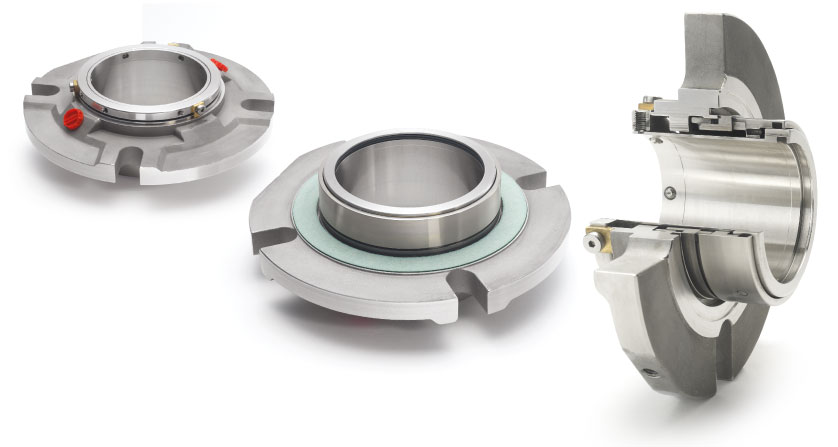Dry vs. Wet Mechanical Seals: Understanding the Differences
Mechanical seals are critical components in many industrial applications, including pumps, compressors, and mixers. They prevent leakage of fluids and gases from the equipment, ensuring safe and efficient operation. There are two main types of mechanical seals: dry and wet. In this article, we'll explore the differences between these two types of seals and their advantages and disadvantages.
Dry Mechanical Seals
Dry mechanical seals are designed to operate without any external lubrication or cooling. They rely on the contact between two hard surfaces, typically made of ceramic or carbon, to create a seal. The seal faces are pressed together by a spring or other mechanism, creating a tight seal that prevents fluid or gas from escaping.
One of the main advantages of dry mechanical seals is their simplicity. They require no external lubrication or cooling, which reduces maintenance and operating costs. They are also less prone to clogging or contamination, making them ideal for applications where the fluid being sealed is dirty or abrasive.
However, dry mechanical seals are not suitable for all applications. They are more prone to wear and tear than wet seals, and they can generate more heat due to the friction between the seal faces. This can lead to premature failure if the seal is not properly designed or maintained.
Wet Mechanical Seals
Wet mechanical seals, as the name suggests, rely on a liquid or gas to lubricate and cool the seal faces. The liquid or gas is typically supplied from the process being sealed or from an external source. The seal faces are typically made of softer materials, such as carbon or elastomers, which are less prone to wear and tear than the hard materials used in dry seals.
One of the main advantages of wet mechanical seals is their durability. They are less prone to wear and tear than dry seals, and they can handle higher speeds and pressures. They are also more forgiving of misalignment or vibration, which can cause dry seals to fail.
However, wet mechanical seals require more maintenance and operating costs than dry seals. The liquid or gas used to lubricate and cool the seal faces must be carefully monitored and controlled to prevent contamination or leakage. They are also more prone to clogging or fouling, which can reduce their effectiveness over time.
Conclusion
In summary, the choice between dry and wet mechanical seals depends on the specific application and operating conditions. Dry seals are simpler and more cost-effective, but they are less durable and more prone to failure in certain applications. Wet seals are more durable and can handle higher speeds and pressures, but they require more maintenance and operating costs.

Post Comment